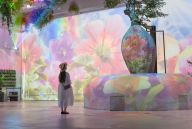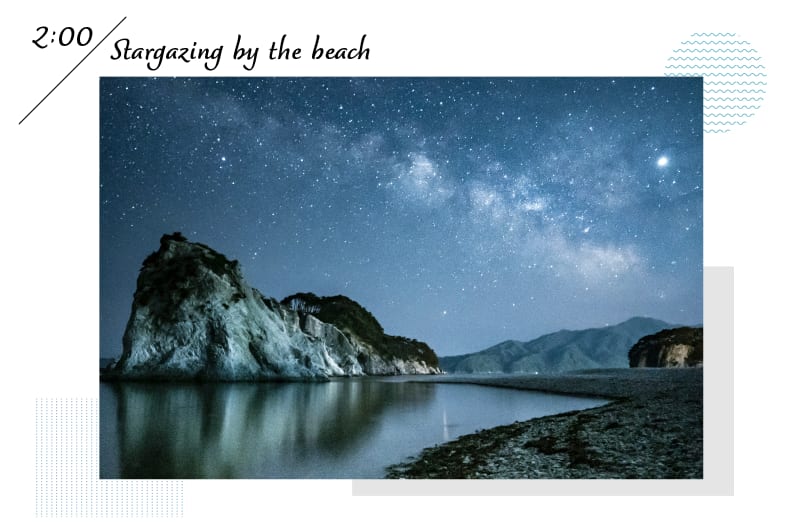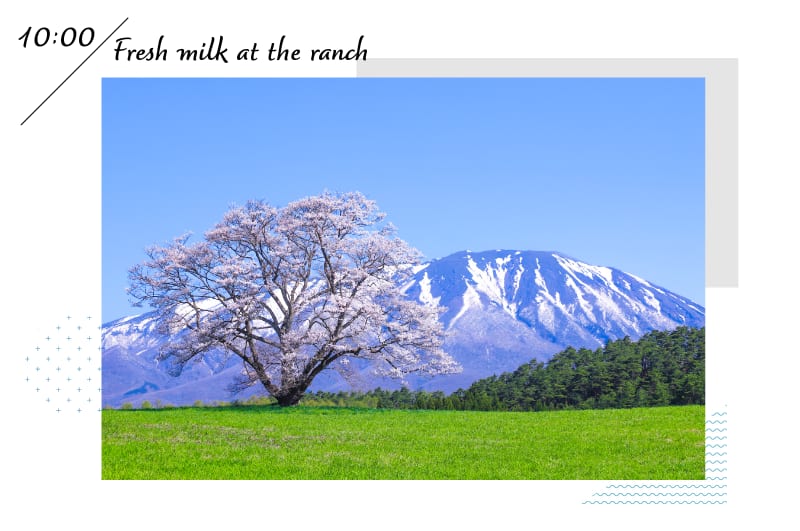Iwate
Iwate Prefecture is the second largest prefecture in Japan, after Hokkaido. It has unique characteristics, giving you various ways to enjoy various things, all in one prefecture. There are many hot spring villages such as Hanamaki Onsenkyo located along a river surrounded by mountains and Hachimantai Onsenkyo with magnificent natural surroundings. These two hot springs are well-known in the area where you are sure to find a place to soothe the fatigue of your trip. They also offer a wide range of fresh seafood and vegetable ingredients.
Iwate is indeed popular for being a great place for people wanting to experience "deep Japan", with towns and cities steeped in history, agriculture and scenery and is well known to some of Japan's best wagyu beefs, rices and sakes. Iwate is also home to Hiraizumi, the first UNESCO World Heritage Site in the region, which was known as "the most peaceful land on earth“ in the ancient time.











































































